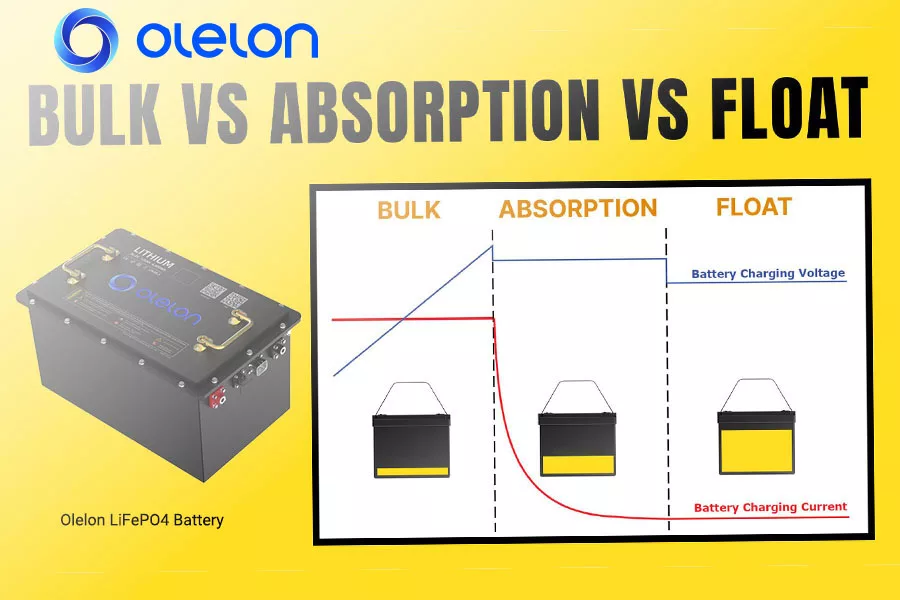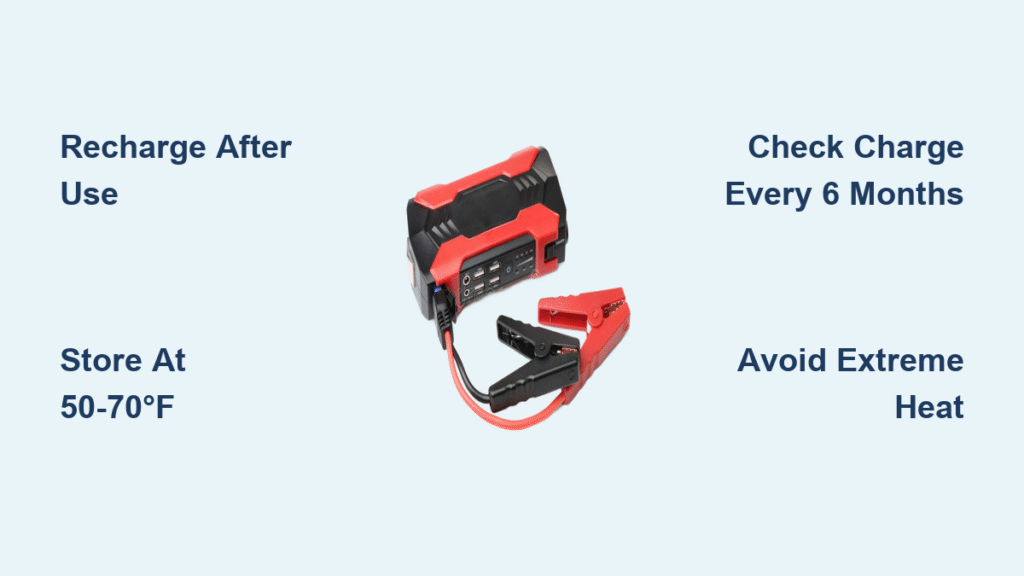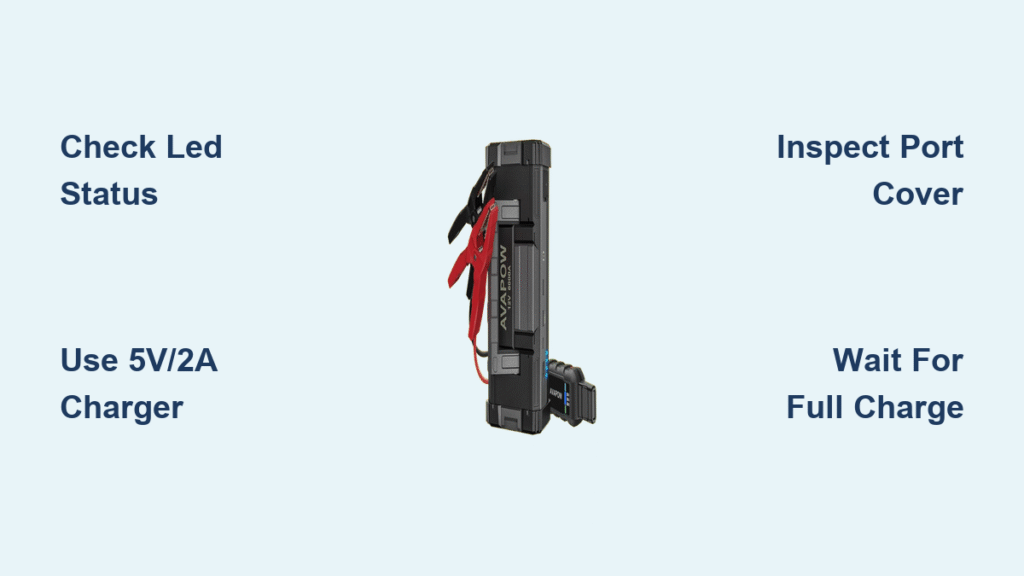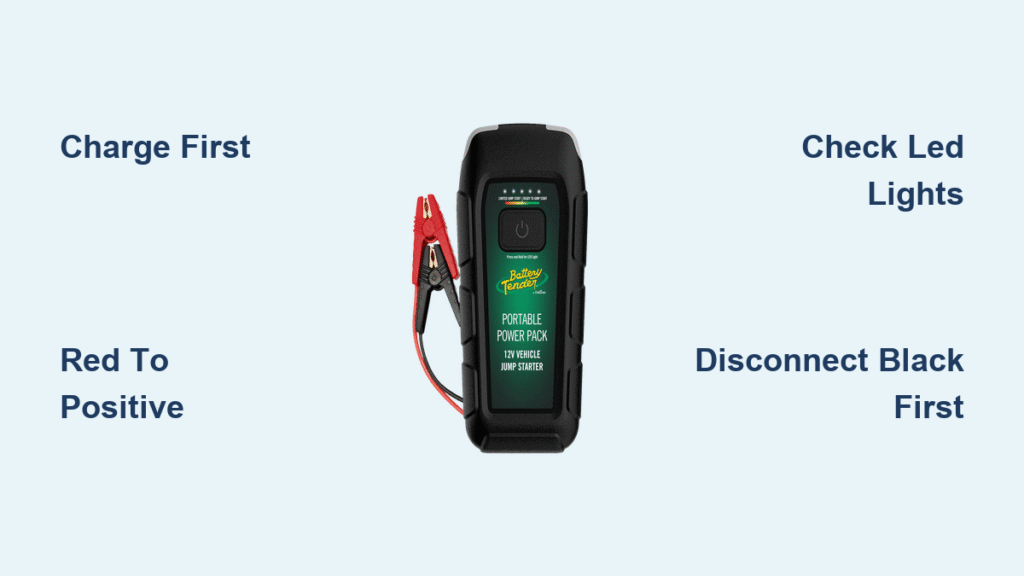You’re stranded with a dead car battery, NOCO charger in hand, watching the clock tick before an important appointment. That blinking light on your charger feels agonizingly slow. The truth? Most NOCO Genius chargers will revive a standard car battery in 4-8 hours under typical conditions—but your exact timeline depends entirely on three critical factors: your battery’s size, how deeply it’s discharged, and which NOCO model you’re using. Guessing wrong could mean sitting in your driveway for hours longer than necessary.
This guide delivers precise, real-world charging times for every NOCO charger model and battery combination. You’ll learn exactly how to calculate your specific charging duration before plugging in, avoid common time-wasting mistakes, and recognize when extended charging signals a failing battery. Stop wondering “how long does a NOCO take to charge” and start planning your repairs with confidence.
Calculate Your Exact NOCO Charging Time
Stop guessing—use this formula to predict your charger’s runtime within 30 minutes. Smart chargers like NOCO don’t deliver full current constantly due to their multi-stage charging process. The absorption phase alone adds 25-40% to theoretical calculations. Here’s how to get accurate estimates:
- Check your battery’s amp-hour (Ah) rating (stamped on the label)
- Measure voltage with a multimeter (key for determining discharge level)
- Calculate amp-hours needed = (Ah rating) × (% discharged)
- Divide by your NOCO’s amp rating
- Multiply by 1.3 (accounts for absorption stage slowdown)
Decode Battery Voltage to Avoid Overcharging
| Voltage Reading | Charge Level | Amp-Hours Needed (for 70Ah Battery) |
|---|---|---|
| 12.6V | 100% | 0 Ah |
| 12.4V | 75% | 17.5 Ah |
| 12.2V | 50% | 35 Ah |
| 12.0V | 25% | 52.5 Ah |
| 11.8V | 0% | 70 Ah |
Real example: Your sedan’s 70Ah battery reads 12.0V (25% charged). With a NOCO Genius10 (10A):
(70Ah × 75%) ÷ 10A = 5.25 hours theoretical × 1.3 = 6.8 hours actual time.
NOCO Charging Times by Battery Type

Motorcycle and Lawn Equipment Batteries (12-35Ah)
Don’t assume small batteries charge instantly—sulfation from seasonal storage adds hidden delays. A 20Ah motorcycle battery at 50% charge (12.2V) requires:
– NOCO Genius1 (1A): 20 hours theoretical → 26-30 hours actual
– NOCO Genius2 (2A): 10 hours theoretical → 13-15 hours actual
– NOCO Genius5 (5A): 4 hours theoretical → 5-6 hours actual
Critical tip: If your lawn tractor battery won’t start after 8 hours on a Genius2, check for parasitic drains from safety switches. Disconnect loads before charging to avoid adding 2+ hours of wasted time.
Standard Car and SUV Batteries (45-80Ah)
This is where most users make timing mistakes—overestimating discharge depth. A common “dead” car battery at 12.0V (25% charged) actually only needs 75% restoration:
– NOCO Genius5 on 60Ah sedan battery: 9 hours theoretical → 11-13 hours actual
– NOCO Genius10 on 70Ah SUV battery: 5.3 hours theoretical → 6.5-8 hours actual
– NOCO Genius15 on 80Ah truck battery: 4 hours theoretical → 5-6.5 hours actual
Warning: Using a Genius5 on a fully discharged (11.8V) SUV battery? Expect 14-18 hours—not the 8 hours you might assume. Always verify voltage before starting.
Heavy-Duty Truck and Marine Batteries (100-120Ah)
Dual-battery diesel trucks demand strategic charging. For two 100Ah batteries at 70% discharge:
– NOCO Genius15 (15A): 9.3 hours theoretical → 12-15 hours actual per battery
– NOCO Genius20 (20A): 7 hours theoretical → 9-12 hours actual per battery
Pro insight: Charge dual batteries sequentially with one Genius20 instead of parallel charging. Parallel setups add 25%+ time due to voltage drop across cables—sequential charging saves 3+ hours total.
Why Your NOCO Charger Takes Longer Than Calculated
Extreme Temperatures Add Hours You Didn’t Budget For
- Below freezing (32°F): NOCO automatically reduces current to prevent damage. A 5-hour charge becomes 5.5-6.5 hours.
- Above 104°F: Heat compensation similarly slows charging. Park your vehicle in shade during summer recharges.
- Ideal range: 50-80°F (10-27°C). In winter, bring batteries indoors for 2 hours before charging to reclaim 20% time.
Sulfation Turns a 6-Hour Charge into 10+ Hours
Heavily sulfated batteries trigger NOCO’s repair mode before bulk charging begins:
– Mild sulfation: Adds 1-2 hours during soft-start phase
– Severe sulfation: Repair mode runs 4-8 hours before normal charging starts
– Test: If voltage stays below 10V after 2 hours of charging, sulfation is likely the culprit
Fix: Run NOCO’s desulfation mode overnight. If voltage doesn’t rise above 10.5V after 12 hours, replace the battery—no charger can revive crystallized plates.
Three Hidden Time-Stealers You Can Eliminate
- Parasitic drains (dome lights, alarms): Steal 0.5-2A from charging current. Disconnect the negative terminal to save 15-30% time.
- Thin/long cables: 16-gauge cables over 15 feet add 10-15% resistance. Use 12-gauge leads under 10 feet for maximum efficiency.
- Dirty terminals: Corrosion creates resistance—clean with baking soda solution before clamping probes.
How NOCO’s Charging Stages Impact Your Timeline

Bulk Charging (Where Your Time Calculation Matters Most)
This constant-current phase delivers your charger’s full rated amps (e.g., 10A for Genius10) until the battery hits ~80% charge. This is the only stage where your initial calculation applies. For a 70Ah battery at 50% discharge:
– Genius10 pumps 10A continuously for 3.5 hours
– Visual cue: Charger’s amperage display stays solid at 10A
Absorption Phase (The 20-40% Time Surprise)
NOCO holds voltage at 14.4V while current tapers from 10A down to 1A. This critical phase completes the charge but adds hidden time:
– Takes 1.5-2.5 hours for car batteries
– Why it matters: Skipping this (with cheap chargers) causes 20% capacity loss
– Check progress: Amperage display gradually drops while voltage stays high
Float Mode (The “Full” Illusion)
When the charger switches to 13.6V (green light), your battery is already 100% charged. This maintenance stage prevents self-discharge but adds zero charging time. Never unplug during absorption phase—wait for the float indicator.
NOCO Charging Cheat Sheet: Get Timing Right Instantly

| Your Situation | Right NOCO Model | Battery Size | Expected Time |
|---|---|---|---|
| Motorcycle after winter storage | Genius5 | 12-18Ah | 3-5 hours |
| Car with dome lights left on | Genius10 | 50-70Ah | 5-7 hours |
| SUV battery at 12.0V | Genius15 | 70-90Ah | 6-8 hours |
| Diesel truck single battery | Genius20 | 100-120Ah | 7-9 hours |
| Deeply discharged marine battery | Genius10 + Repair Mode | 100Ah | 10-14 hours |
5 Proven Ways to Shave Hours Off Charging
- Size up your charger: A Genius10 charges 50% faster than a Genius5 on the same battery—worth the $20 upgrade.
- Charge at 70°F: Cold batteries gain 25% faster at room temperature.
- Disable vehicle systems: Remove fuses for alarms/radios to eliminate parasitic drains.
- Use direct terminal connections: Bypass clamps with alligator clips for 5% faster charging.
- Verify with multimeter: Stop charging at 12.6V—NOCO’s indicator can lag by 30+ minutes.
When to Suspect a Failing Battery (Not Your NOCO)
If charging takes significantly longer than calculated, watch for these red flags:
– Voltage stuck below 10V after 2 hours → Internal short or severe sulfation
– Battery heats above 120°F → Danger sign—immediately unplug and test
– Charger cycles between repair and bulk mode → Failing cells require replacement
Test: After “full” charge, disconnect for 1 hour. If voltage drops below 12.4V, your battery holds less than 75% capacity—replace it before winter.
Final verdict: How long does a NOCO take to charge? For a standard 60Ah car battery at 50% discharge, expect 5-7 hours with a Genius10. But always measure voltage first—what looks “dead” at 12.0V only needs 75% restoration, while a true 11.8V battery doubles your charging time. Invest in a $10 multimeter to avoid 3+ hours of unnecessary waiting. When in doubt, choose the larger NOCO model; saving 2 hours on weekend recharges quickly pays for the upgrade. Your time matters—don’t let battery myths keep you stranded.





